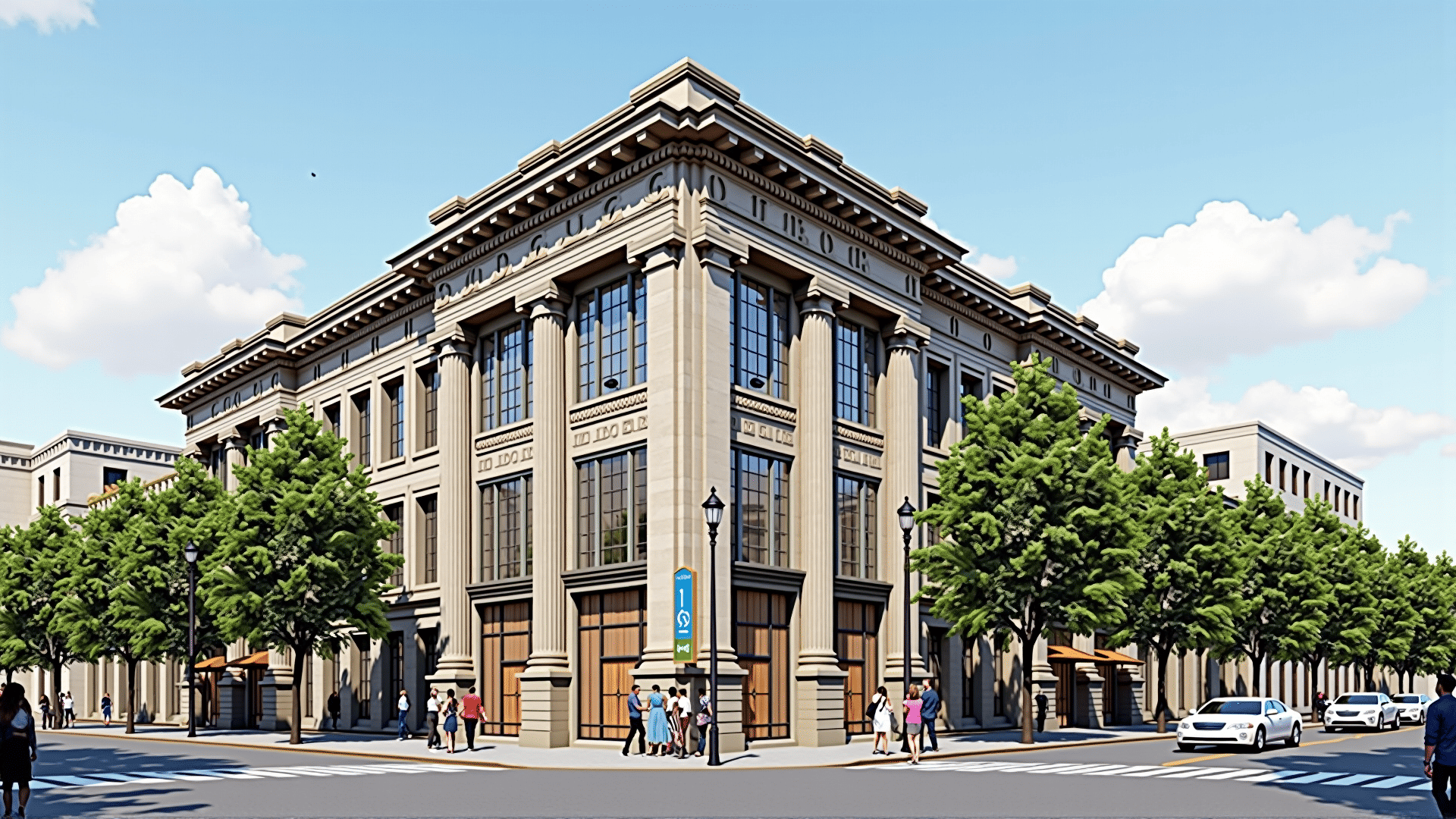In an ever-evolving world where modern skyscrapers and contemporary designs dominate skylines, the importance of preserving our historical structures has never been greater. Heritage restoration projects stand as a testament to our commitment to safeguarding the past while embracing the future. Through the use of modern techniques, these projects breathe new life into historic buildings, preserving the rich tapestry of history for generations to come.
At the heart of these restoration efforts lies a respect for the craftsmanship and materials that define each historic building. Modern technology allows craftsmen and conservators to examine and analyze every minutiae of a building's original construction, from the composition of ancient mortars to the intricate patterns of period-specific woodwork. Such analyses provide invaluable insights into the original building techniques, informing restoration strategies that are sensitive to the building's historical significance.
One of the key modern techniques employed in heritage restoration is laser scanning. This non-invasive technology creates detailed 3D models of structures, capturing every nook and cranny with micro precision. These models serve as digital blueprints that guide restorers, ensuring that every renovation decision respects the original architecture. Laser scanning enables restorers to explore various outcomes and what-if scenarios, providing a risk-free method of experimenting with restoration options.
Another significant advancement in restoration is the use of Building Information Modeling (BIM). BIM provides a collaborative platform where architects, engineers, and conservators can work together, sharing insights and integrating various aspects of the restoration project. BIM facilitates meticulous planning and resource management, leading to efficient restoration processes and improved cost controls. It also acts as a living document, evolving with the project and maintaining an accurate record for future restoration needs.
Materials science also plays a critical role in heritage restoration. Modern advancements in materials allow conservators to replicate original materials with precision while incorporating enhanced durability and sustainability. For instance, lime-based mortars can be crafted to match historical compositions precisely, yet they benefit from modern improvements in weather resistance and longevity. Similarly, traditional wood joinery can be reinforced with contemporary techniques to withstand the rigors of time, ensuring that restored structures can endure for many more decades.
The integration of energy-efficient solutions and sustainable practices has also become a priority in heritage restoration. The implementation of energy-saving technologies such as LED lighting, solar panels, and high-efficiency HVAC systems allow historic buildings to meet modern energy standards without compromising their historical integrity. By incorporating these solutions, restorers not only preserve the past but also help create a sustainable future.
Perhaps one of the most significant catalysts for successful heritage restoration is the growing public appreciation for such endeavors. Communities are increasingly valuing the cultural and historical significance of their local landmarks, leading to greater enthusiasm and support for restoration projects. Public engagement fosters a sense of ownership and pride, encouraging ongoing preservation efforts and safeguarding these treasures for future generations.
Ultimately, heritage restoration projects serve as a bridge between past and future, melding the intricate beauty of history with the innovation of modern technology. They remind us of where we come from, offering a glimpse into the historical narratives that shaped our communities. By preserving these buildings through modern techniques, we celebrate our shared heritage and ensure its continuity, allowing the stories of the past to resonate in the hearts of those who walk beneath these cherished roofs.
